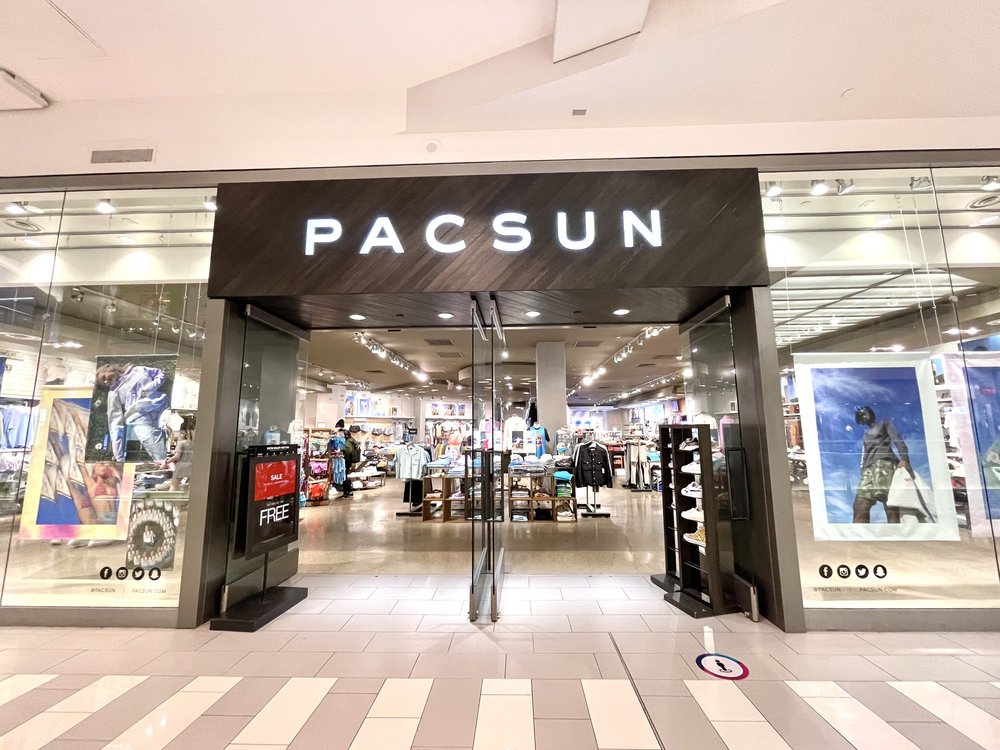
Retail leaders are redefining the longstanding enterprise valuation principles that have traditionally shaped the industry.
What if modern cloud computing made it practical to track even the most granular and complex business metrics? What if consumer brands could use these high-fidelity signals to better compete, optimizing every decision for long-term profitable growth? How would the market evolve to reward these data-driven companies?
The evolution is well underway.

Boardrooms across the world are filled with conversations surrounding revenue and long-term profitability, examining CLV-based models.
Savvy investors and retail thought leaders are turning the tables on longstanding enterprise valuation principles. Companies are re-evaluating the metrics that define brand success, shifting from traditional and overly simplistic financial measures to a new framework based on the value and future potential of every unique customer. Brands with a loyal, consistent, and engaged customer base are the winners in this new era of retail.
Real value creation for retail brands is our thesis and vision here at SoundCommerce. Brands need a unified way to make decisions that balance short-term opportunity (i.e. revenue or profit per transaction) against long-term profitable growth, a concept best captured as customer lifetime value (CLV), the measure of contribution profit per customer over a lifetime relationship. Companies ahead of the trend have already shifted to CLV-based models and realized exponential growth, commanding enterprise valuation premiums relative to their industry peers.
At SoundCommerce, we’ve seen our top customers align growth strategies with their most profitable shopper segments, making it easier to return-justify outsized investment in acquisition marketing, great customer experiences, and recurring customer engagement. In many cases, with key changes to business model and strategy, these brands were able to more than 10X their customer lifetime profitability. By increasing customer lifetime profit from hundreds to thousands of dollars per unique shopper, these brands have driven order-of-magnitude growth in market cap.
Retail CEO Summit Los Angeles Reveals CLV-Based Growth Strategies for Consumer Brands
In early February 2022, YPO (Young President’s Organization) kicked off its annual Retail CEO Summit at the West Hollywood Edition Hotel in Los Angeles. YPO is a global leadership group of more than 30,000 CEOs operating across 131 countries worldwide.
This four-day retail industry leadership summit began with a professional learning event focused on CLV-based retail brand optimization. SoundCommerce CEO Eric Best moderated a daylong program that brought together keynote speaker and PacSun Co-CEO Michael Relich, founder Anthony Choe of Provenance private equity, and partner Sam Blumenthal of consumer venture capital and financing firm CircleUp. The group discussed ways today’s leading retailers “optimize enterprise value through multi-channel commerce.”

SoundCommerce customer, PacSun, spoke at the Retail CEO Summit about how the company is using data-driven insights to optimize their business and prepare for the future.
The summit included industry benchmarks and comparables that show how investors are building a better toolbox for determining brand valuation, expanding from traditional financial metrics (e.g. DCF and EBITDA) that have, for years, determined a retail company’s worth to new metrics (such as CLV) that provide new ways to forecast success.
Market Comps: Even Today’s Volatile Markets Reward Brands for Building Customer Lifetime Value
Consumer brands evaluated during the YPO CLV deep dive ranged from Casper Sleep, acquired in November by private equity for just $300M on revenues of almost $600M – to medical scrubs brand Figs valued at $3.4B on $410M in trailing revenue, an 8.3X revenue multiple.
Other leaders in the category of trading or raising capital at high revenue multiples include Kim Kardashian’s Skims which just closed a growth equity round in February at a $3.2B valuation on revenues of $400M (8X revenue) and Warby Parker, trading at a $4B valuation on $540M trailing revenues (a 7.4X revenue multiple) following its 4Q21 IPO.
Even laggards among consumer-direct brands trade at low revenue multiples. The Honest Company is currently valued at $540M on $300M in trailing revenue (a 1.8X revenue multiple) and the market values Rent The Runway at $325M on $157M in trailing revenue (2X revenue).
From Business Theory to Real-World Application
So how do retail brands 10X their market valuations from low multiples of EBITDA or future cash flow, to premium multiples of revenue? At SoundCommerce, we’ve established two key maturity models to help brands outperform.
1. The Goal: Retail Decisioning Maturity

Omnichannel strategies are changing as third-party cookies disappear, meaning the way we engage with customers is changing, too.
Whether consumer brands start as direct-to-consumer pure-plays or as wholesale manufacturers selling indirectly via the retail channel, these models inevitably combine and converge as brands look to grow through an omnichannel strategy. We’ve extensively covered the journey from traffic and site performance to revenue optimization, then on to transactional profitability, and finally to new and repeat shopper targeting, and the North Star of direct-to-consumer performance and contribution margin CLV.
The key is to strategically prioritize channels like owned commerce that increase direct shopper engagement over indirect channels like marketplaces and retailers and to advance from revenue-per-order to profit-per-customer as that all-important KPI.
2. The Driver: Retail Data Capability
Moving beyond simple traffic, conversion rates, and revenue-per-order metrics to optimize decisions for long-term profitable growth is not easy. It requires a massive data lift for brand operators — one that is only possible with the adoption of modern cloud infrastructure.
The first instinct for brands looking to modernize their data capabilities is to focus on business intelligence (BI) or analytics. However, brands run into a common problem: dashboards aren’t built for data activation. To operationalize data, brands need a complete data pipeline reaching from source SaaS systems to cloud data warehouse and then downstream to an activation layer accessible by every department in the company (not just marketing).
This creates a build vs. buy dilemma for brands looking to modernize and compete.
Optimizing for Customer Profitability is Possible Today
As evidenced during the YPO Retail CEO Summit, retail brands are rapidly shifting focus to understanding the complete customer journey — from first click to doorstep delivery — and balancing customer experience against contribution margin along the way.
Leading brands like PacSun, Constellation Brands, and Bala partner with SoundCommerce to optimize for customer profitability, using data-driven insights to make better, more informed business decisions that benefit both the customer and the business.
In fact, on average, SoundCommerce customers see a 19% increase in customer lifetime value in their first year on the SoundCommerce platform.

You can prepare for these changes by leveraging first-party data to understand the entire customer journey, and beyond.
That’s the beauty of SoundCommerce: every decision you make drives profit and customer lifetime value, accelerating your brand into the future — a future where your enterprise value is the direct reflection of the lifetime profit potential of your customer base.
